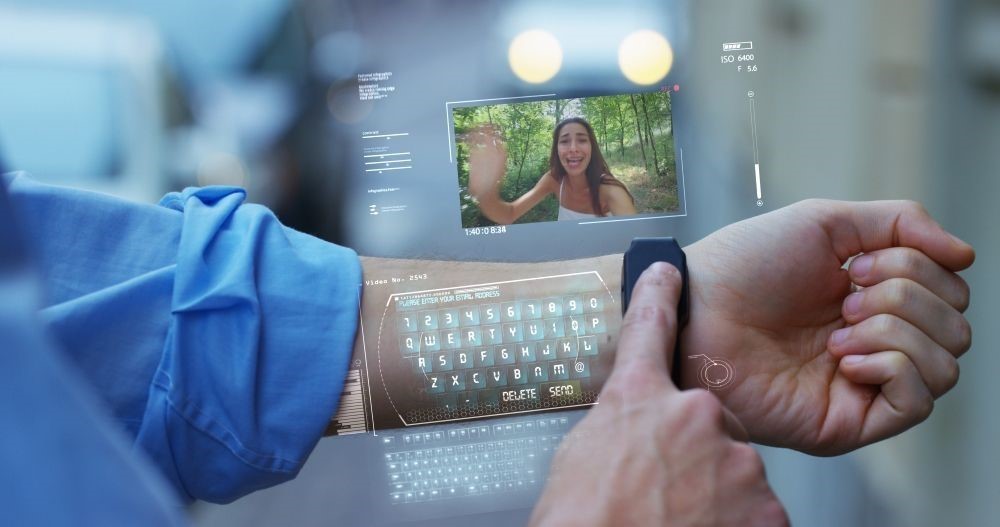
Blog
Beginner's guide to augmented reality

Augmented Reality (AR) is quickly growing in popularity. It's the technology that uses a computer (your smartphone, for example) to generate, and then project virtual reality elements onto the real world, thus enhancing the user's experience. So, we could define AR as the process of creating an improved version of the perceived reality. Unlike Virtual Reality (VR), which utilizes software that was designed with the goal of making you feel that you're living in a virtual environment, augmented reality brings virtual elements into our world.
Real-life applications of augmented reality can be quite simple; apps that display the distance from your phone to the desired objects in real-time can be very useful, and yet don't require too much programming. Things change significantly if we discuss about systems who use a network of complex sensors, providing detailed patient information to the doctor who performs a complex surgical procedure.
There are several AR technologies, and each one of them has its pros and cons.
1. Marker-based AR applications utilize 2D markers, which are similar with QR codes, to trigger events (display a 2D layer of information, load a 3D model, etc.) when a camera, which is a necessary component of this type of AR system, "sees" the marker. Basically, if the camera detects the 2D marker, it creates a virtual layer at its position. To give you a real-life example, people have created interactive books who make use of marker-based AR. By reading the book through the lens of your phone's camera, a dedicated app can recreate a 2D castle in its full 3D splendor, and so on.
2. Markerless augmented reality will often use one or more of your smartphone's sensors (GPS, compass, etc) to figure out your exact location, and then help you discover the key tourist attractions in the area. Businesses use AR markers to highlight their locations on virtual maps, and so on. In a nutshell, these types of augmented reality applications are perfect if you don't need to "anchor" the AR component of the app in the real world.
3. Projected AR makes use of light that is beamed onto existing surfaces. Then, a complex program determines if the user has interacted with the projected image by comparing its initial version with the current one. Virtual keyboards, which can successfully replace physical keywords, mice and pens, are already available, and should become very popular within the next few years.
4. Superimposed AR replaces the original image with the augmented version of it; object recognition modules are a key component of this particular augmented reality system. Companies use superimposed AR to promote their products, allowing you to place virtual furniture in a real room, and see how it fits before purchasing it.
But how does augmented reality work in the first place? To see the AR image, the user needs to explore the real world through a special "lens": a pair of see-through glasses, a special headset, a smartphone camera, and so on. The "lens" utilizes several sensors to gather information about the real world, and then display it on the screen. The same data set is processed by a computer, and one or more layers of virtual information are projected, either through software or by using a tiny projector, onto the real-world layer.
As you can imagine, AR devices need quite a bit of processing power. Most of them are controlled either through a touch display, or through voice commands. As you already know, augmented reality has found its place in the healthcare industry. However, AR-based systems can also be used to train pilots, increase business productivity, build better constructions, create innovative interior design projects, and more.